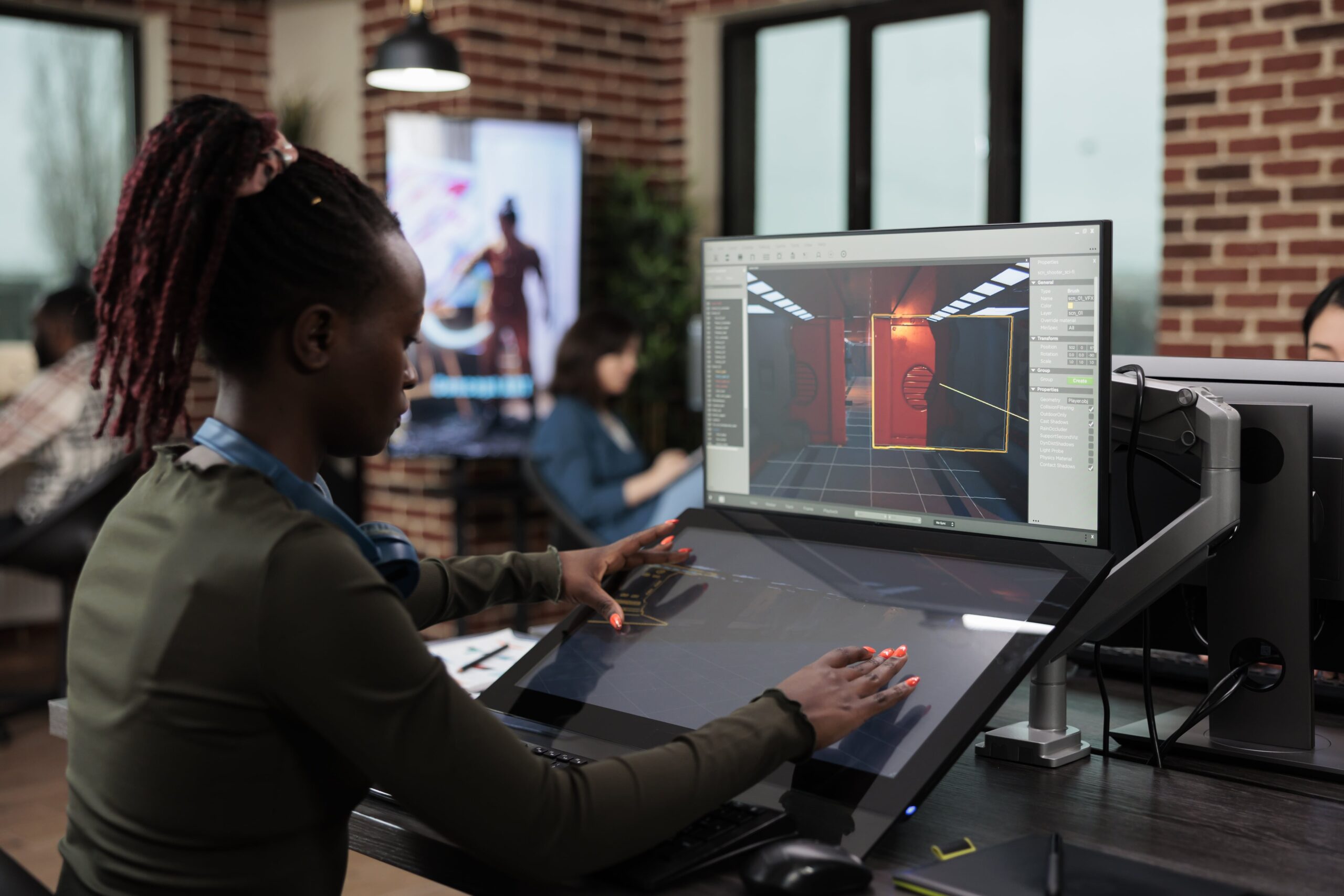Cloth simulation in animation is a crucial aspect of creating realistic and engaging visuals in the world of digital art and entertainment. Whether you’re a seasoned animator looking to enhance your skill set or a beginner eager to go in-depth into the intricacies of cloth dynamics, mastering cloth simulation can elevate the quality of your work.
In this comprehensive guide, we will explore the fundamentals of cloth simulation, discuss the tools and software commonly used in the industry, and provide valuable tips and techniques to help you excel in this specialized field.
Understanding Cloth Simulation in Animation
Cloth simulation involves creating digital representations of fabric materials that interact realistically with the environment and characters in an animated scene. By simulating the behavior of cloth, animators can achieve lifelike movement, draping, and wrinkling effects that add depth and authenticity to their creations.
Whether it’s the fluttering cape of a superhero, the flowing gown of a princess, or the swaying curtains in a haunted house, cloth simulation plays a vital role in bringing animated characters and environments to life.
Key Concepts in Cloth Simulation
To master cloth simulation in animation, it’s essential to grasp some key concepts that govern the behavior of virtual fabrics. Tension, compression, bending, and shearing are fundamental properties that define how cloth deforms and reacts to external forces. Understanding these principles will enable you to fine-tune the settings of your simulation and achieve the desired look and feel for your cloth dynamics.
Simulation Tools and Software
In the world of animation, several tools and software packages are commonly used for cloth simulation. Industry-standard software such as Autodesk Maya, Blender, and Cinema 4D offer robust cloth simulation capabilities that allow animators to create realistic fabric effects with precision and control.
These tools provide a range of features, including constraints, collision detection, and wind forces, that enable animators to simulate a wide variety of cloth behaviors.
Tips for Mastering Cloth Simulation
To excel in cloth simulation, animators should pay attention to detail and practice regularly to hone their skills. Here are some tips to help you master cloth simulation in animation:
- Start with simple shapes and gradually progress to more complex garments to build your skills.
- Experiment with different material properties such as stiffness, elasticity, and friction to achieve realistic cloth behavior.
- Use constraints and anchors to control the movement of specific areas of the cloth and prevent unwanted deformations.
- Pay attention to the scale of your simulation and adjust the parameters accordingly to achieve the desired level of detail.
- Take advantage of tutorials, online resources, and workshops to learn new techniques and stay updated on the latest trends in cloth simulation.
Top 10 Jobs in Cloth Simulation Animation
The demand for skilled animators proficient in cloth simulation is on the rise, with opportunities available in various sectors such as film, television, video games, and advertising.
As technology continues to advance, the need for animators who can create realistic cloth effects will only increase, making this a valuable skill set to possess in the competitive animation industry. Here are some of the job roles that are available in this field:
- Character Animator: Responsible for bringing characters to life through movement and emotion, character animators often work closely with cloth simulation artists to ensure seamless integration of cloth dynamics into animated scenes.
- VFX Artist: Specializing in visual effects, VFX artists use cloth simulation techniques to create realistic environmental effects, such as smoke, fire, and explosions, in animated sequences.
- Game Animator: Game animators incorporate cloth simulation into character designs and environmental elements to enhance the immersive experience of video games and interactive media.
- Technical Director: Technical directors oversee the technical aspects of animation projects, including cloth simulation, and ensure that the final output meets the desired quality standards.
- Simulation Artist: Focusing on dynamic simulations, simulation artists use cloth simulation tools to create realistic cloth effects for a wide range of projects, from animated films to architectural visualizations.
- 3D Modeler: 3D modelers create digital assets, including clothing and accessories, that are used in cloth simulation to achieve realistic fabric behavior in animated scenes.
- Texture Artist: Texture artists design and apply textures to 3D models, including cloth materials, to enhance the visual quality of animated characters and environments.
- Lighting Artist: Lighting artists use lighting techniques to enhance the appearance of cloth materials in animated scenes and create realistic shadows and highlights that interact with the fabric.
- Rigging Artist: Rigging artists create skeletal structures and controls for animated characters, including cloth rigs, that enable animators to simulate realistic cloth movement and deformation.
- Cloth Simulation Specialist: Cloth simulation specialists focus specifically on creating and fine-tuning cloth dynamics in animated projects, working closely with animators and technical directors to achieve the desired visual effects.
Conclusion
Cloth simulation in animation is a vital skill for creating realistic and engaging digital art. By understanding the key concepts, utilizing industry-standard tools, and applying practical tips, animators can enhance their work with lifelike fabric effects.
As the demand for skilled cloth simulation artists continues to grow, honing this expertise opens up numerous career opportunities in various sectors of the entertainment industry. Whether you’re crafting a superhero’s cape or the flowing gown of a princess, effective cloth simulation adds depth and authenticity to animated scenes, making it an invaluable asset for any animator.
Key Takeaways:
- Cloth simulation in animation is a vital aspect that enhances the realism and engagement of digital art and entertainment.
- Understanding key concepts such as tension, compression, bending, and shearing is essential for mastering cloth simulation.
- Industry-standard tools like Autodesk Maya, Blender, and Cinema 4D offer robust cloth simulation capabilities for animators.
- Tips such as starting with simple shapes, experimenting with material properties, and utilizing tutorials can help improve cloth simulation skills.
- Various career opportunities exist for skilled animators proficient in cloth simulation, spanning industries like film, television, video games, and advertising.
Consider taking the Yellowbrick online course, “NYU Animation Industry Essentials”, to further enhance your skills and knowledge in cloth simulation animation. This program can provide valuable insights and practical training to propel your career in the dynamic world of digital animation.




